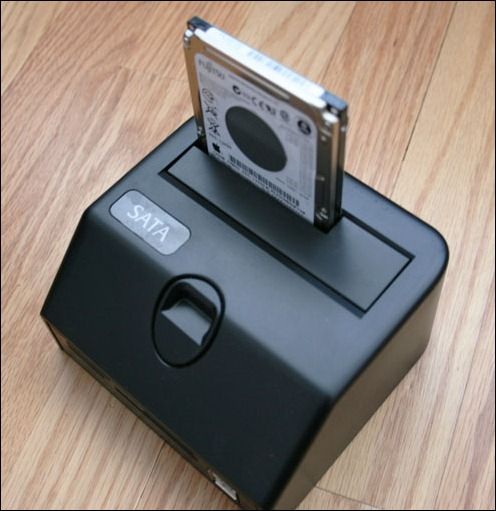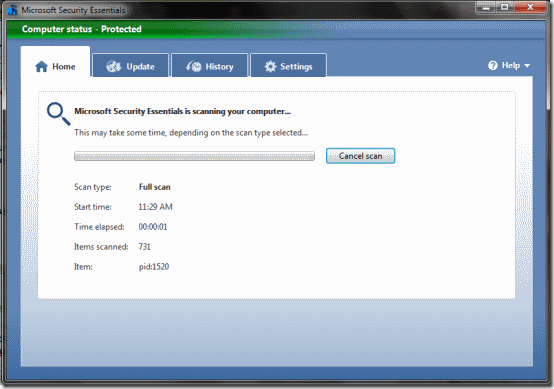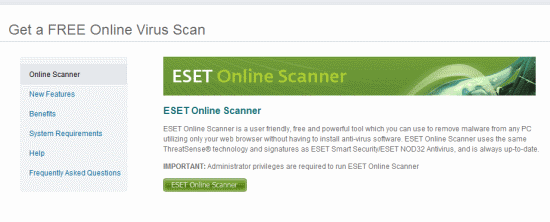To the average computer user, contracting a virus is like contracting a rare disease - it brings life to a halt, it is expensive to remove, and worst of all, the probability of catching a virus is much higher than that of catching a serious disease.
After the dreaded infection, removal procedures usually include taking the computer to a service center, where technicians charge hundreds of dollars to remove the virus. But what many users don't know is that viruses are actually not very difficult to deal with.
In fact, there are hoards of free tools on the internet that make it simple enough to remove viruses for free, for anyone with even a bit of technical savvy. These tools render spending ridiculous sums of money for a virus removal a thing of the past.
The bulk of the work is brute forcing: repeatedly attacking the virus with different scans until it gives into deletion. If you have a decent amount of time on your hands, virus removal becomes a very simple process.
The first step to remove viruses for free is backing up your data. At work, I usually take the hard drive out of the computer and use a hard drive dock (pictured above) to back data up on our servers. This is the safest method of backing up files, since the traditional method of backing up your files to an external hard drive yields a higher chance of the viruses copying themselves onto your external.
However, not many people own a hard drive dock, so in a pinch, you could try uploading your files to a cloud based storage system, like Dropbox. If you do want to invest in a dock, though, the cheapest one I found online was $20.
Once you have your data backed up, you can begin running virus scans on your computer. First, boot your computer into safe mode. Each manufacturer has a different F-key for boot up options, but the most common one is F8. A quick Google search should tell you which F-key is the one your computer uses to boot into safe mode. Make sure, when you are selecting which mode to boot into, that you pick the safe mode with networking, since we will be running both online and software scans.
From here on out, I will simply list tried and true scanners that I use on a daily basis (also check out Justin's recent article on the 10 best free anti-virus programs). The procedure for each is the same: download the installer, install it onto your computer, make sure you update the definitions, and then let it run (always select FULL scan). Once you've completed the scan, make sure you uninstall the program before you install and run the next one.
Anti-Virus Softwares
1. Malwarebytes
2. A Squared
3. Microsoft Security Essentials
4. AVG Free
The procedure for running online scanners is exactly the same as running software scanners, except that instead of downloading an installer, you will simply be downloading a plug-in.
Online Scanners
2. Bitdefender
3. ESET
Usually, by the time you've made your way through the above list, you should be receiving clean reports from your anti-virus scans. Sometimes, you will encounter a virus that is particularly difficult to remove, but if you have already identified it, Bitdefender hosts a bevy of free removal tools for specific viruses. Otherwise, there are dozens of other, equally effective anti-virus tools on the internet: for example, Avast and Avira. Just follow the same process as above, and you should be good to go.
The last resort, if all else fails, would be to reformat your computer. However, if you must settle for this option, rest assured knowing that your data is already backed up, and, since the procedure you just went through is the same as the one many computer repair shops use, that you probably would have been told to reformat anyways.
Do you have any trusted virus removal tools, or any pro tips for other users wishing to keep their computers infection-free? Let us know in the comments!
Image Credit : Nils Geylen [Broken URL Removed]




